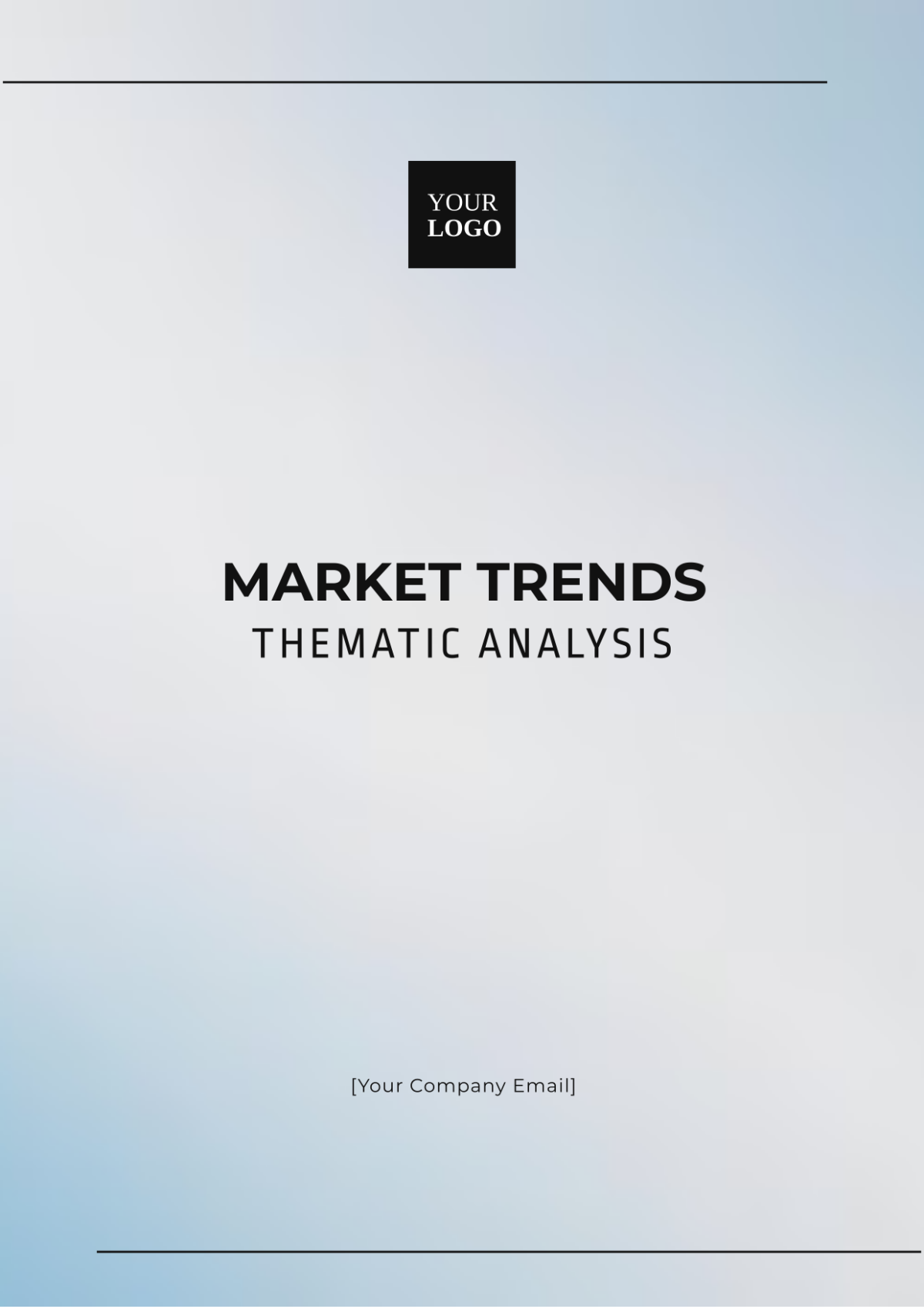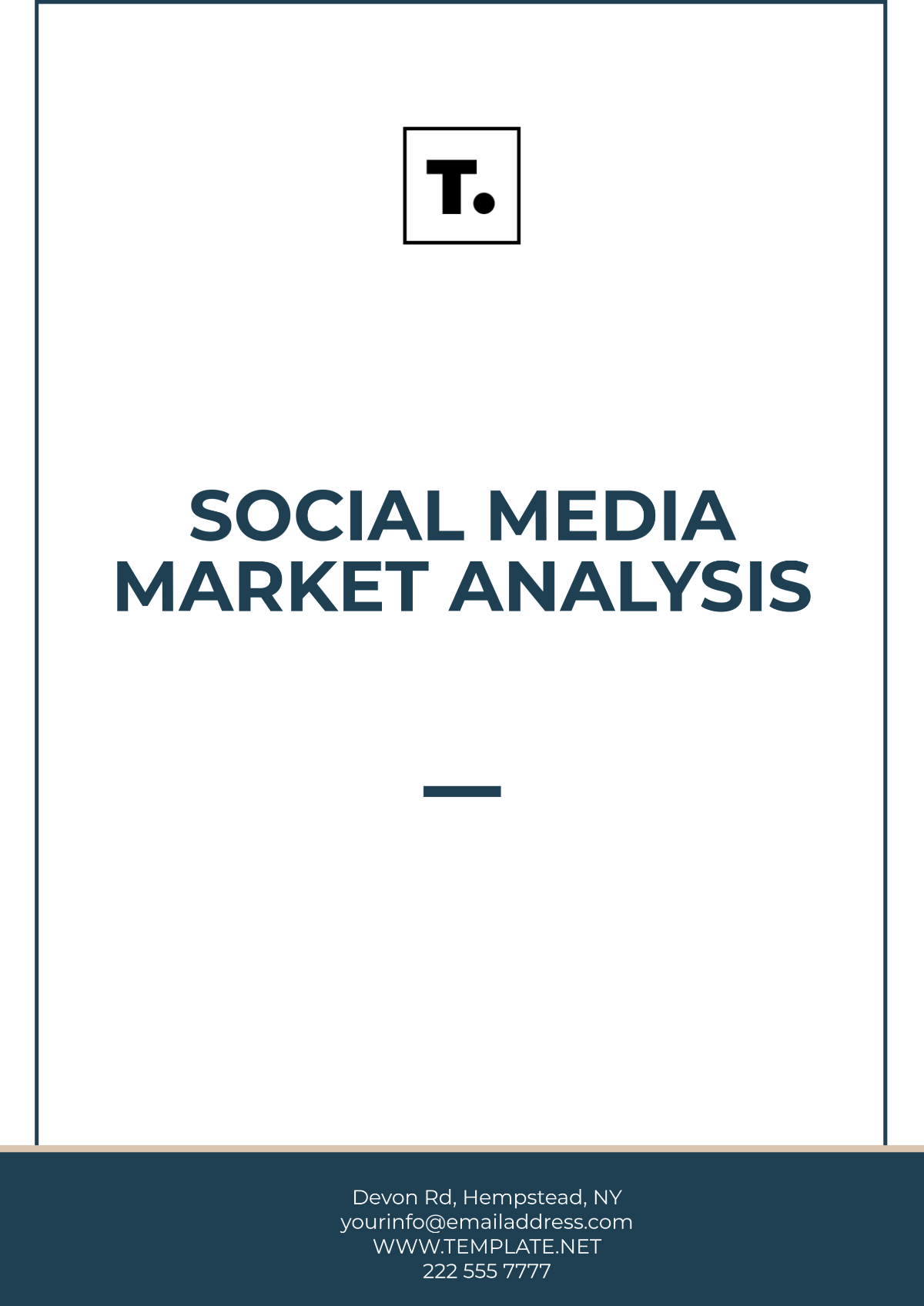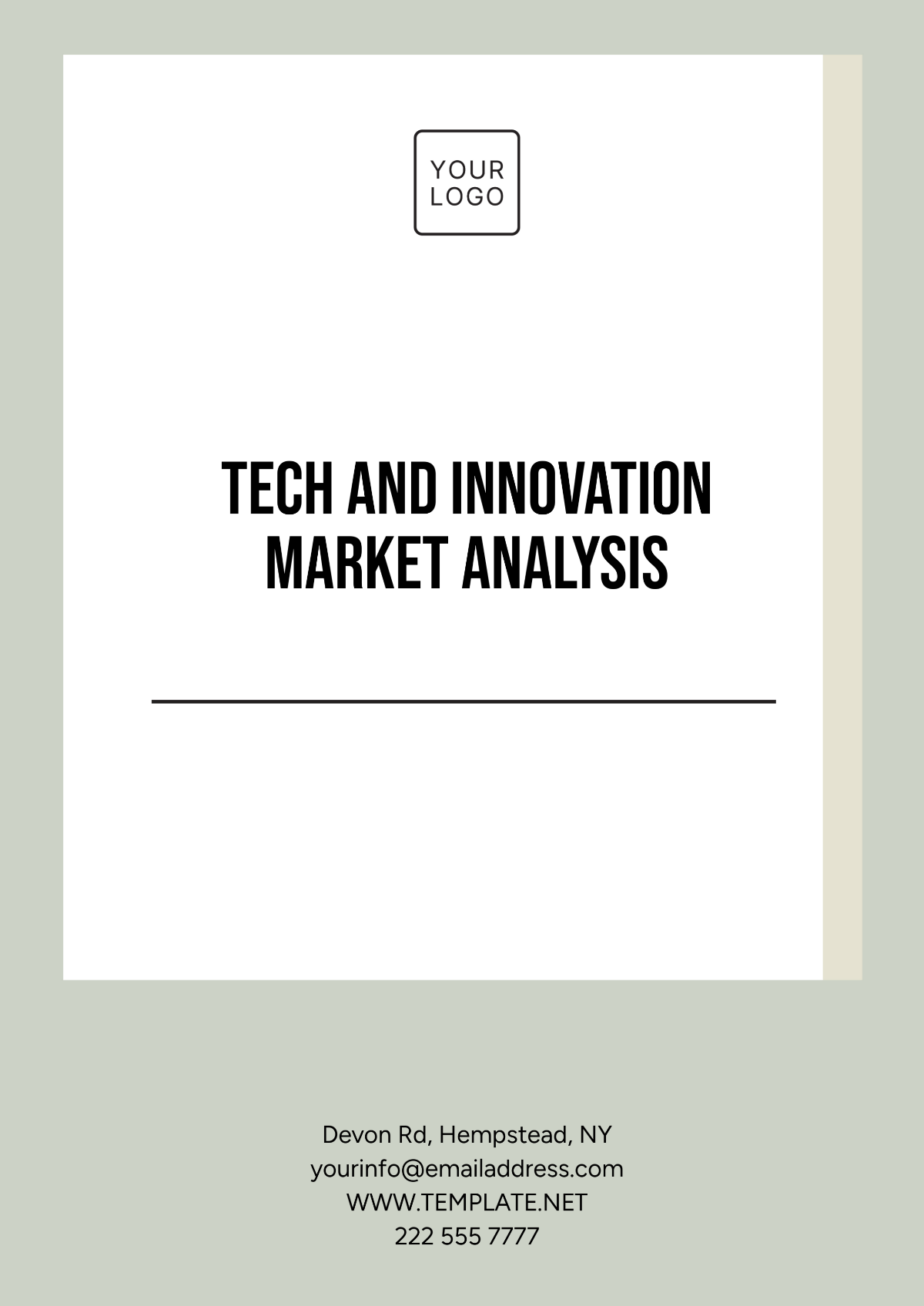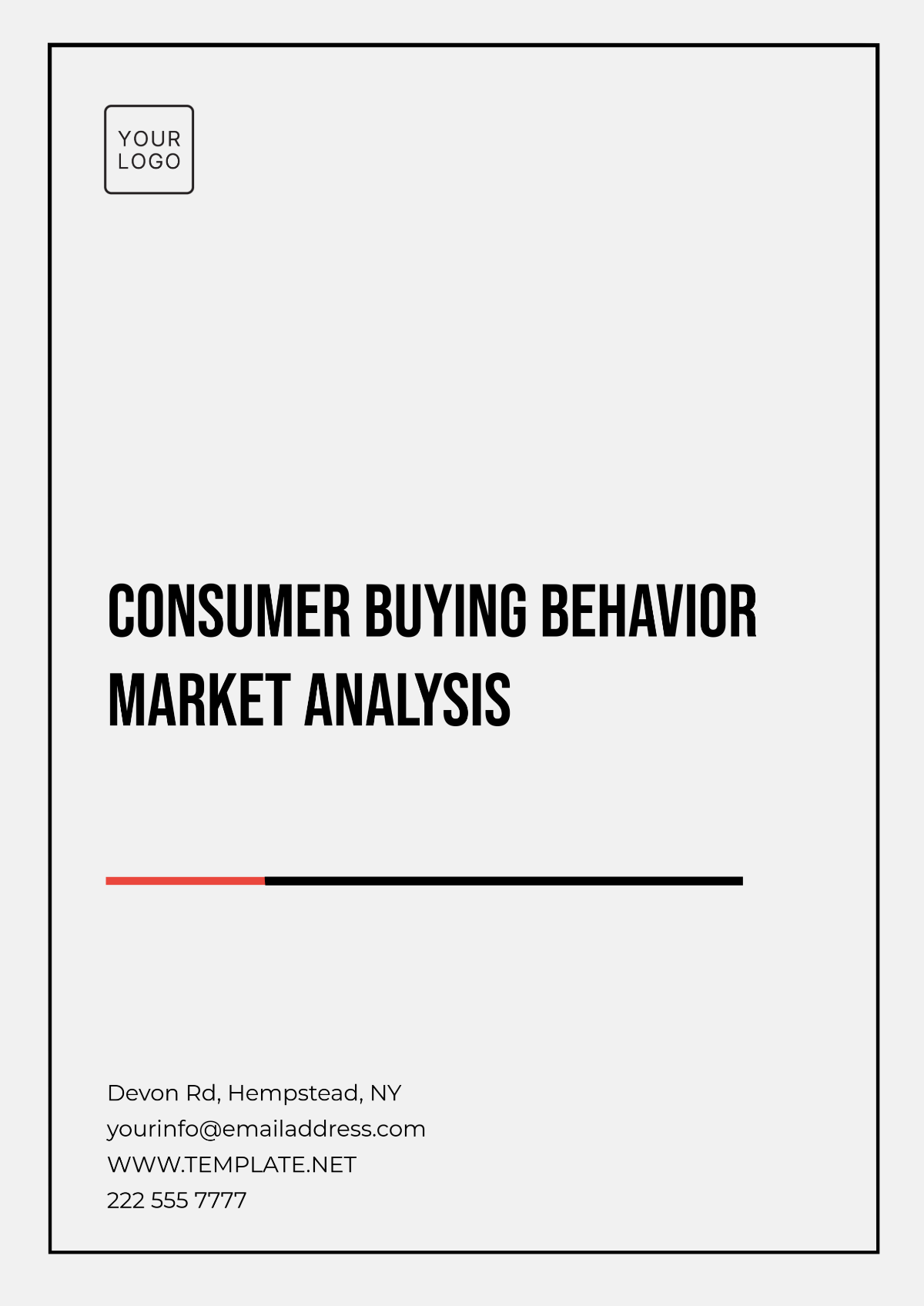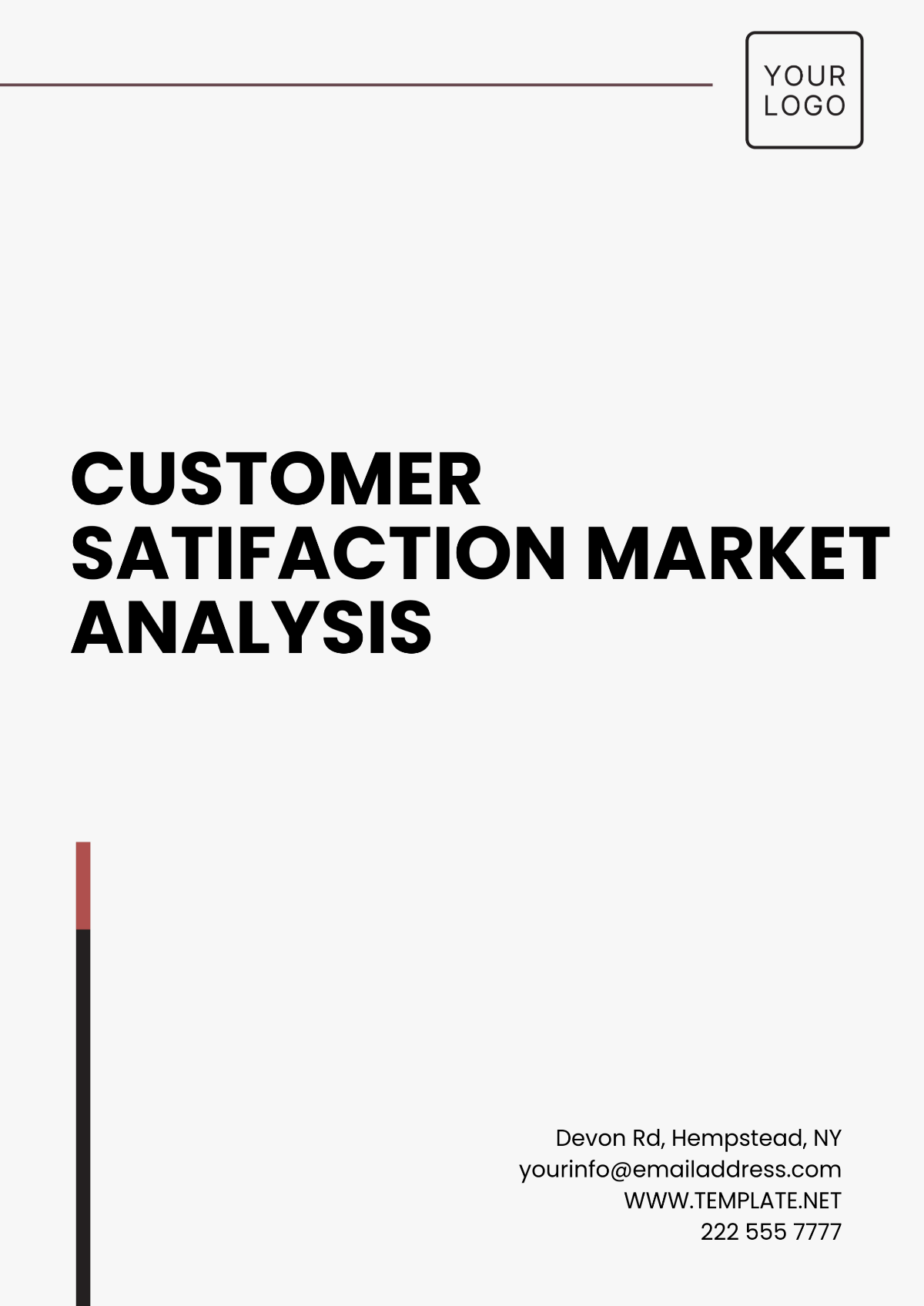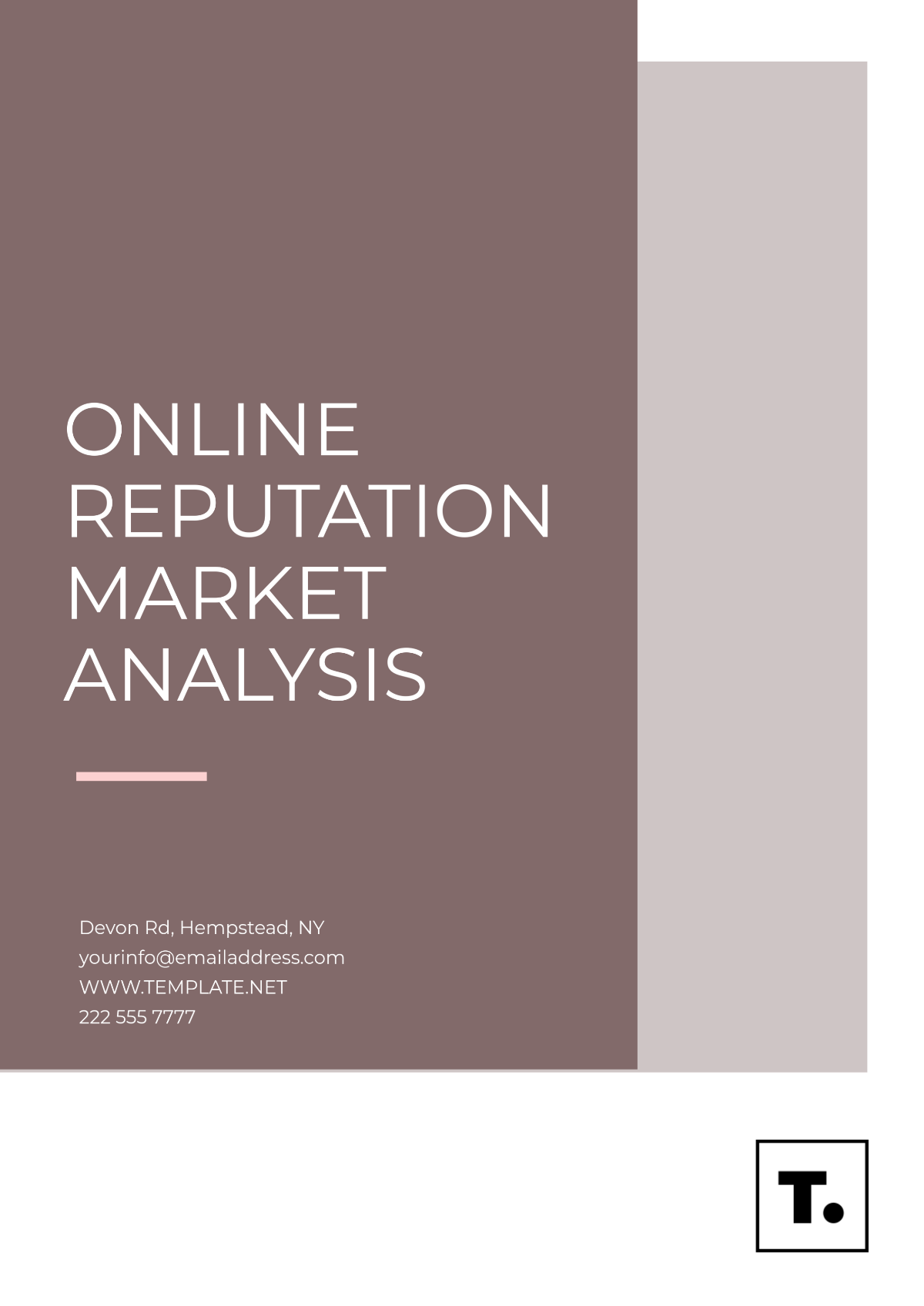Market Trends Thematic Analysis
Prepared By: [Your Name]
Company: [Your Company Name]
1. Introduction
In the dynamic landscape of global markets, understanding the shifts and trends that shape industries is crucial for businesses to stay competitive and relevant. A Market Trends Thematic Analysis is a research method that delves deep into market data to identify, analyze, and interpret emerging patterns or themes. This analysis focuses on understanding the underlying factors that drive changes in market trends, such as consumer behavior, technological advancements, economic shifts, cultural influences, and regulatory developments. The insights derived from this analysis enable businesses and organizations to make informed strategic decisions, anticipate future trends, and respond effectively to the evolving marketplace.
2. Methodology
2.1 Data Collection
To conduct a Market Trends Thematic Analysis, data was gathered from a range of sources:
Market Reports: Reports like the "Global E-Commerce Trends 2051" highlighted significant growth in online shopping platforms.
Consumer Surveys: Surveys from 2052 revealed that 78% of respondents preferred brands with strong environmental commitments.
Industry Publications: White papers such as "AI and Automation in Manufacturing" (2050) provided insights into technological advancements.
Government and Regulatory Reports: The "2053 Global Regulatory Overview" offered key information on new regulations and economic policies.
Social Media and Online Trends: Social media analysis in 2053 showed increasing interest and positive sentiment towards electric vehicles, particularly in urban areas.
2.2 Data Analysis
The data collected underwent a thorough analysis to identify recurring themes and patterns:
Thematic Coding: Data was categorized into themes based on common patterns or topics, such as sustainability, digitalization, and economic resilience.
Pattern Recognition: Connections and relationships between different themes were identified, highlighting how technological advancements influenced consumer behavior.
Contextual Analysis: The broader context in which these themes emerged was analyzed, particularly focusing on how global economic shifts influenced market trends.
3. Thematic Categories
3.1 Consumer Behavior
3.2 Technological Advancements
Digital Transformation: By 2052, digital transformation accelerated, with blockchain adoption increasing by 60% and AI-driven customer service becoming standard.
Product Innovation: In 2053, sales of smart home devices with AI assistants surged by 75% compared to 2051.
Tech Adoption Rates: In 2052, 85% of manufacturing companies adopted automation, while 62% of healthcare providers focused on telemedicine and AI diagnostics.
3.3 Economic Shifts
Economic conditions play a pivotal role in shaping market trends. This section examines the economic factors that influence markets and industries.
Consumer Spending Power: By 2053, high-income regions saw a 5% increase in disposable income, while lower-income areas faced stagnant wages.
Market Volatility: In 2051, geopolitical tensions and fluctuating commodity prices led to heightened market volatility, with oil prices varying between $80 and $120 per barrel.
3.4 Cultural Influences
Cultural shifts are increasingly influencing market trends. This section explores how cultural factors shape consumer behavior and market dynamics.
Social Norms and Values: In 2052, brands with diverse representation in advertising saw a 25% boost in brand perception among younger consumers.
Demographic Changes: The aging population in 2051 increased demand for health and wellness products targeted at the 60+ age group.
Cultural Diversity: By 2053, cross-cultural marketing strategies became crucial as companies adapted products to diverse cultural preferences.
3.5 Regulatory Developments
Regulations and policies can significantly impact market trends. This section examines the influence of regulatory changes on industries.
Compliance Requirements: In 2052, new data protection regulations impacted data management, with tech companies prioritizing compliance.
Policy Shifts: By 2053, policies promoting renewable energy spurred investment in solar and wind projects, requiring energy companies to adapt.
Regulatory Risks: In 2051, increased scrutiny of environmental practices led to significant penalties for non-compliance, pushing companies towards sustainability.
4. Findings and Insights
4.1 Key Market Trends
Based on the thematic analysis, the following key market trends have been identified:
Rise of Sustainable Consumption: By 2052, demand for eco-friendly products increased, leading to a 30% boost in customer loyalty for companies that adapted.
Acceleration of Digitalization: Digital technology adoption in 2051 shifted business models, with e-commerce driving a 20% rise in online sales.
Economic Uncertainty: In 2053, economic challenges like inflation led to a 15% decline in consumer loans, impacting financial sector performance.
Cultural Shift Towards Inclusivity: In 2052, inclusive products and marketing increased market share by 20% for brands embracing diversity.
Regulatory Tightening: Stricter regulations in 2051, especially on data protection and environmental standards, prompted industry-wide adaptations.
4.2 Strategic Implications
The insights derived from this analysis have several strategic implications for businesses:
Innovation in Product Development: Focus on integrating AI and other innovations to align with consumer preferences and technological trends.
Adaptation to Regulatory Changes: Stay updated on regulations and implement measures for compliance, particularly in data protection.
Cultural Sensitivity in Marketing: Develop inclusive marketing strategies to connect with diverse consumer groups and avoid alienation.
Proactive Response to Economic Shifts: Employ flexible strategies, diversify revenue streams, and enhance cost efficiency to navigate economic uncertainties.
5. Recommendations
Based on the findings of this analysis, the following recommendations are proposed:
Invest in Sustainability: Focus on eco-friendly products and operations, such as biodegradable packaging, to meet consumer demand and enhance brand image.
Embrace Digital Transformation: Invest in digital technologies and AI-driven customer service to stay competitive and improve efficiency.
Enhance Regulatory Compliance: Develop an in-house compliance team to manage regulatory changes and minimize risks.
Cultural Engagement: Reflect cultural trends in products and marketing, and collaborate with diverse influencers to broaden brand appeal.
6. Conclusion
A Market Trends Thematic Analysis is an invaluable tool for businesses seeking to understand the factors driving changes in the marketplace. By identifying and analyzing key themes across consumer behavior, technology, economics, culture, and regulation, businesses can gain deep insights into the broader market environment. These insights enable companies to make informed strategic decisions, anticipate future trends, and remain competitive in an ever-changing landscape.
Analysis Templates @ Template.net
